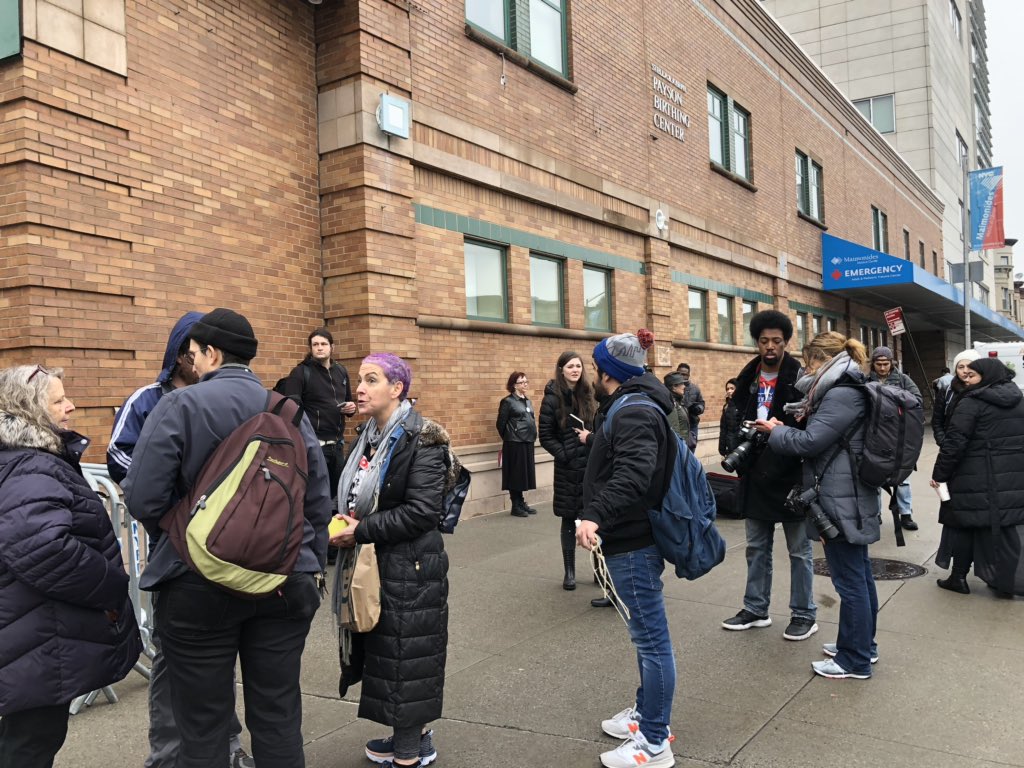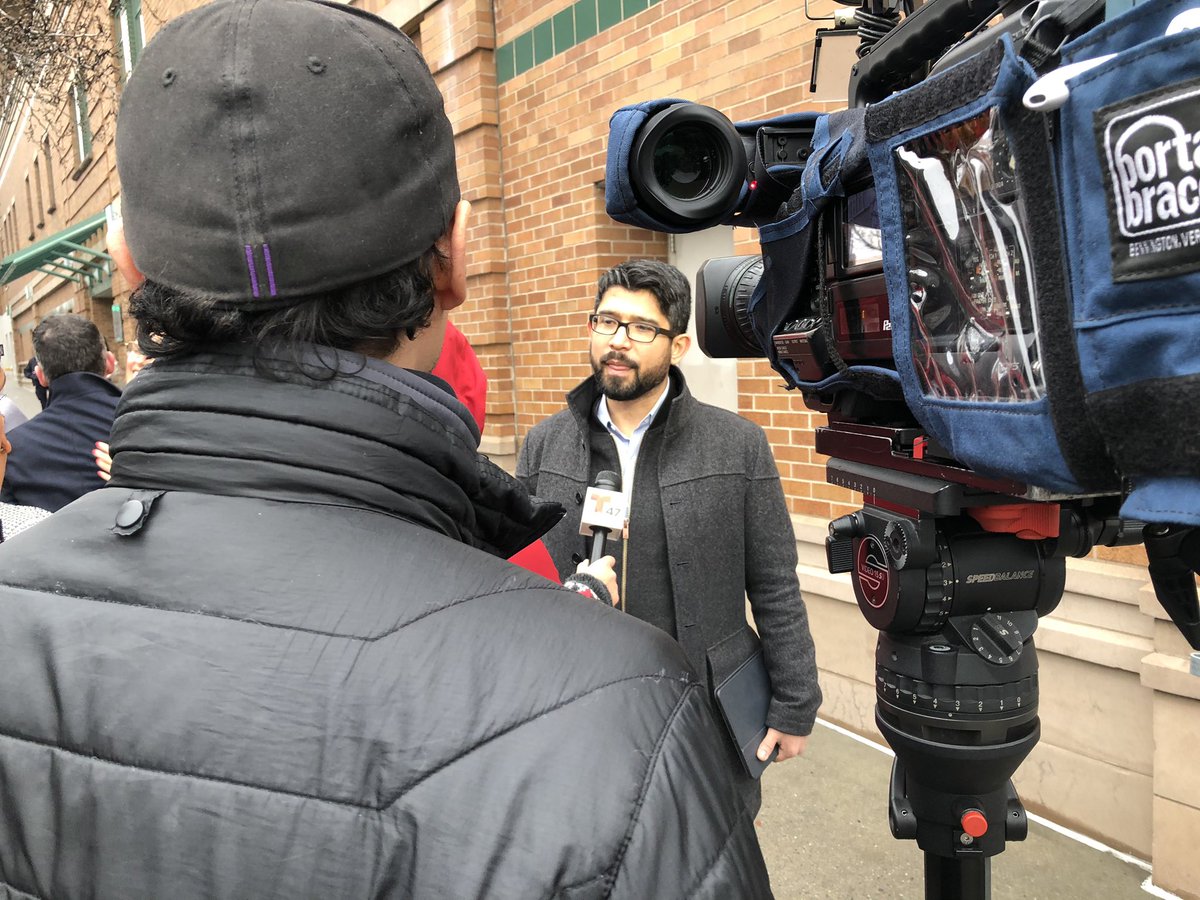How did we get here?
Old conversations w/ @Alex_Danco elucidated some ideas I wanted to summarize here
(Subscribe to his work at scarcity.substack.com)
financing projects w investor $
We could only do that unless there was a bubble, b/c otherwise it was irrational
It was “push” innovation—investors push tech into existence
Now users & abstractions “pull” abundance into existence
Remember: Hardware does all the work. Software is just this ephemeral layer that sits on top of computers
Uber and Lyft is this layer that sits on top of the cars & drivers that take you places
The con: it's less efficient and it breaks.
Ironically, we keep getting better technology and yet it keeps breaking.
How? Customers & user demand creates the pull.
This explains Moores law--computing power doubles every two years.
Your customers will get hooked on their new capabilities & then immediately ask for more"
To back up: It used to be
financial capital -> R&D -> production capital -> product -> users and then we would finally see do users want it?
You're throwing money into this tech uncertainty and market uncertainty and it takes a bubble or some strong outside force like the government actually mobilize enough capital to break through into this new paradigm.
It's more time to do experiments. It's more time to learn about your users.
It's more time to grow your user base while you're not worrying about profitability yet.
Instead, CAC to LTV
What is it cost me to acquire a customer and what is that customer worth to me?
My ratio of cost of capital to return on capital was how I measured scarcity
It's now its users are what is scarce, measured by CAC to LTV.
It's like if you own all the users (e.g Google, FB), you're not going to charge them the exorbitant rent
You're going to charge everybody else who wants to get to those users and sell them goods and services or certain ads or whatever it might be.
Now, monopoly business make money by charging everybody else heinous profits and then passing a lot of savings on to the consumer.
Hence the challenges w/ regulating these businesses, but that's another topic.
We've learned another way to allocate $ into the future, which is this idea of investing in software abstractions that pulls everything else along, moving the scarcity from unit of production to users.







